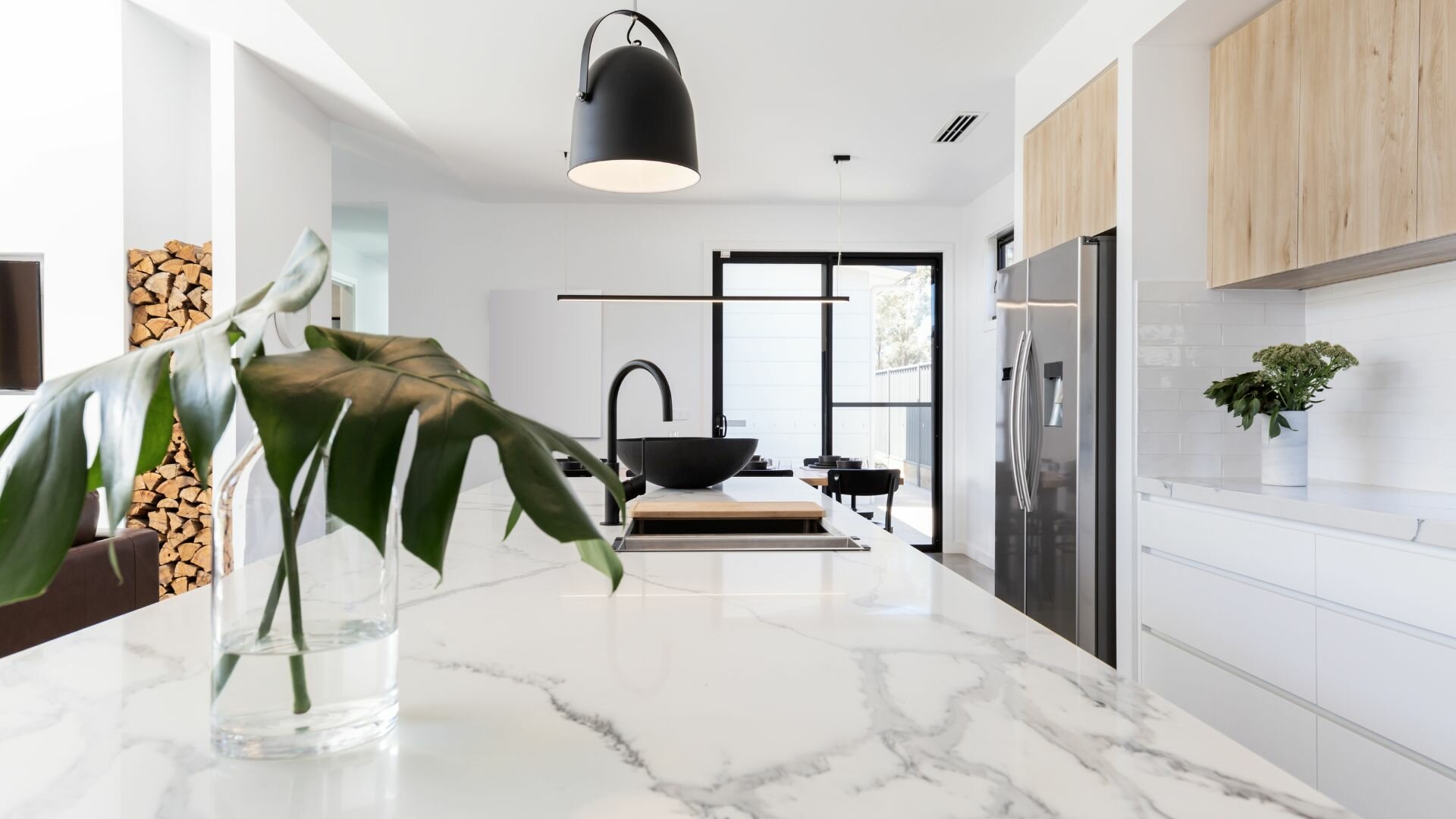Marble is a metamorphic rock that has been highly valued throughout human history for its beauty, strength, and resistance to erosion. It is used extensively in sculpture, architecture, and other decorative arts, both indoors and outdoors.
Marble is a metamorphic rock that is primarily composed of recrystallized carbonate minerals, usually calcite or dolomite. It forms when limestone or dolostone is subjected to high temperatures and pressures due to geological processes, such as the movement of tectonic plates or the presence of magma. This causes the minerals within the rock to recrystallize and form the characteristic interlocking mosaic of crystals that give marble its unique appearance and texture.

The Historical Significance and Aesthetic Appeal of Marble
Marble has been highly valued throughout human history for its beauty, strength, and resistance to erosion. It has been used extensively in sculpture, architecture, and other decorative arts, with some of the most famous examples being the Parthenon in Athens, the Taj Mahal in India, and Michelangelo’s statue of David.
Marble is available in a wide range of colors, including white, black, gray, green, pink, and red, which are the result of impurities such as clay, silt, sand, iron oxides, or chert present in the original limestone or dolostone. The patterns and veining within the marble are created by these impurities, as well as by the recrystallization process itself.
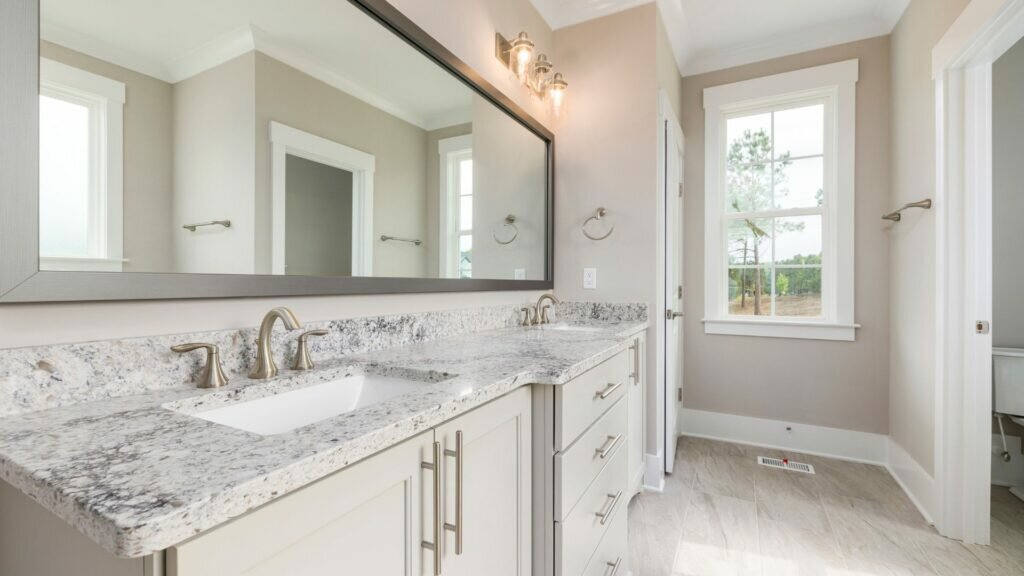
Marble: Durability, Heat Resistance, and Maintenance Considerations
In addition to its aesthetic qualities, marble is also prized for its durability and heat resistance, making it an ideal material for use in countertops, flooring, and fireplace surrounds. However, marble is susceptible to staining and etching due to its porous nature and its sensitivity to acids, so it requires regular sealing and careful maintenance to preserve its beauty and longevity.
Marble quarries can be found in various locations around the world, including Italy, Greece, Spain, Turkey, and the United States, with the Carrara region of Italy being particularly famous for its high-quality white marble. The extraction and processing of marble require significant labor and resources, contributing to the material’s high cost and its status as a symbol of luxury and elegance.
Applications of Marble in Interior Design
Marble is a popular choice for a variety of applications in interior design, including:
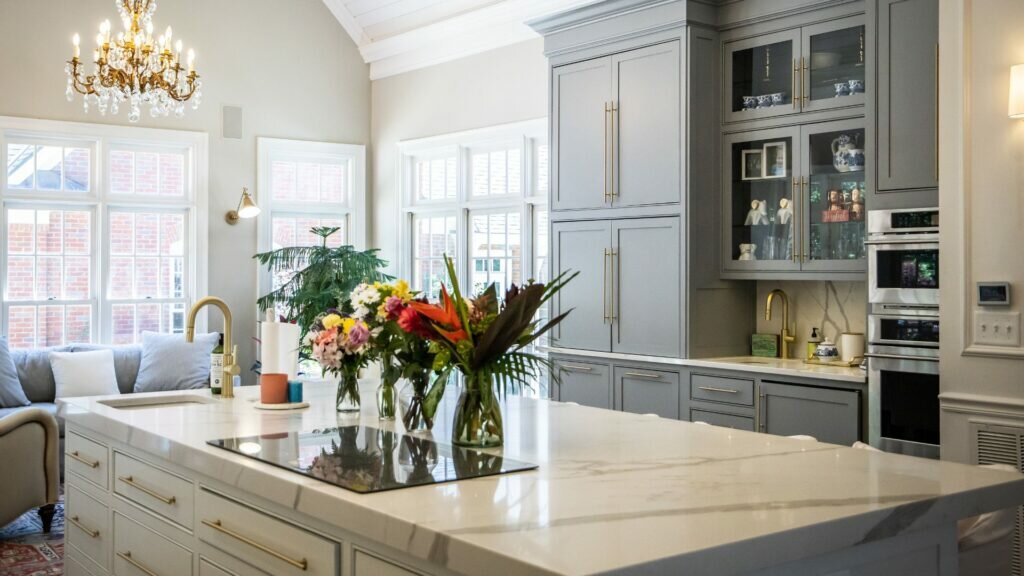
1. Countertops
Marble countertops provide a beautiful and durable surface in kitchens and bathrooms. However, they may require more care and maintenance due to their susceptibility to staining and etching. Companies such as New York Marble & Granite and Royal Marble & Granite offer a wide range of marble countertops to suit various design styles.
2. Flooring
Marble flooring adds an elegant and timeless touch to any room and is suitable for high-traffic areas, such as entryways and hallways.
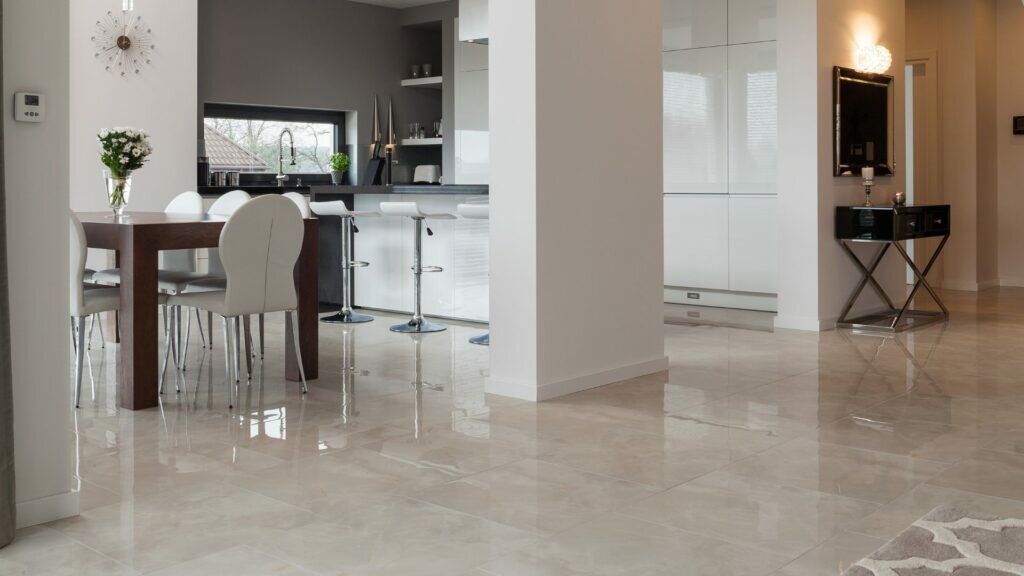
3. Wall Accents
Marble can be used as a stunning accent wall or backsplash in kitchens and bathrooms, creating a visual focal point and adding texture and depth to a space.
4. Fireplace Surrounds
A marble fireplace surround can transform a room, creating a stunning centerpiece and adding a touch of luxury.
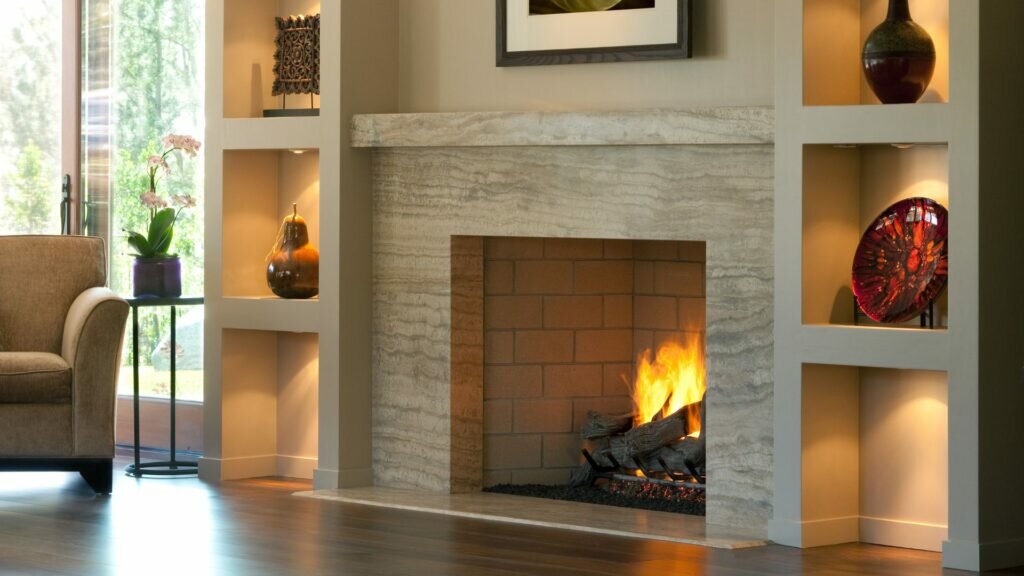
5. Furniture and Accessories
Marble tabletops, shelves, and decorative accessories can provide a touch of elegance and sophistication to any room.
Applications of Marble in Outdoor Spaces
Marble is also used extensively in outdoor spaces, such as:
1. Garden Sculptures
Marble sculptures have been a staple of garden design for centuries, lending an air of refinement to landscapes. Companies like New York Marble & Granite and Royal Marble & Granite can provide a variety of marble sculptures to enhance your outdoor space.

2. Fountains
Marble fountains can serve as stunning centerpieces in courtyards and gardens, adding visual interest and the soothing sound of flowing water.
3. Paving and Pathways
Marble can be used as a paving material for walkways, patios, and pool surrounds, adding a luxurious touch to outdoor living spaces.
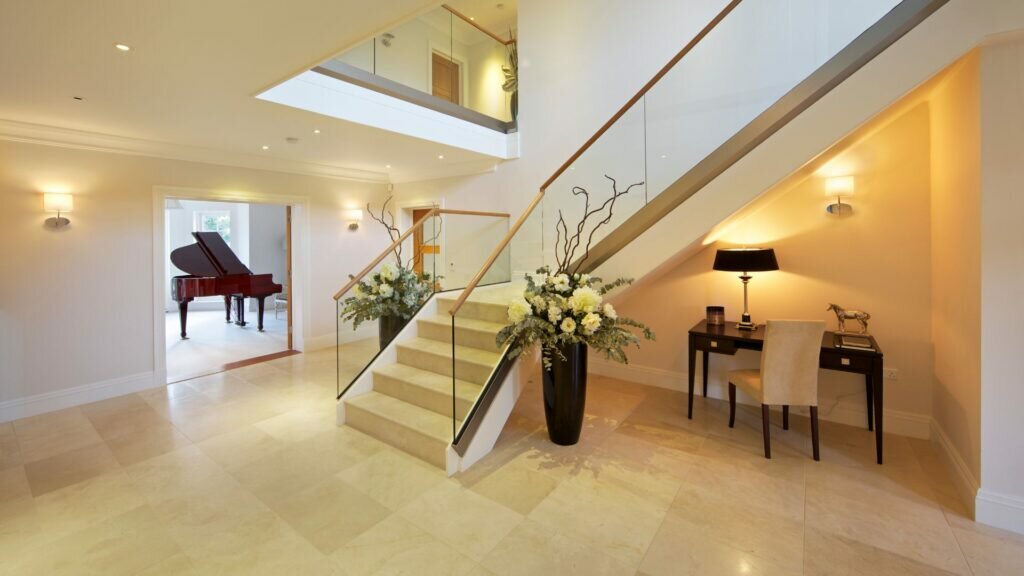
Challenges and Maintenance
Despite its many advantages, using marble does come with some challenges. Marble requires regular sealing and maintenance to prevent staining and etching. Additionally, marble can be quite heavy, and the cost of the material and installation can be prohibitive for some budgets.
Conclusion
In summary, marble is a versatile and elegant material that has been cherished for centuries for its beauty and durability. Its use in various applications, both indoors and outdoors, can elevate the aesthetics of any space and create a sense of luxury and refinement. For a wide range of marble products and services, consider companies like New York Marble & Granite and Royal Marble & Granite to help you achieve the desired look and feel in your home or outdoor spaces.
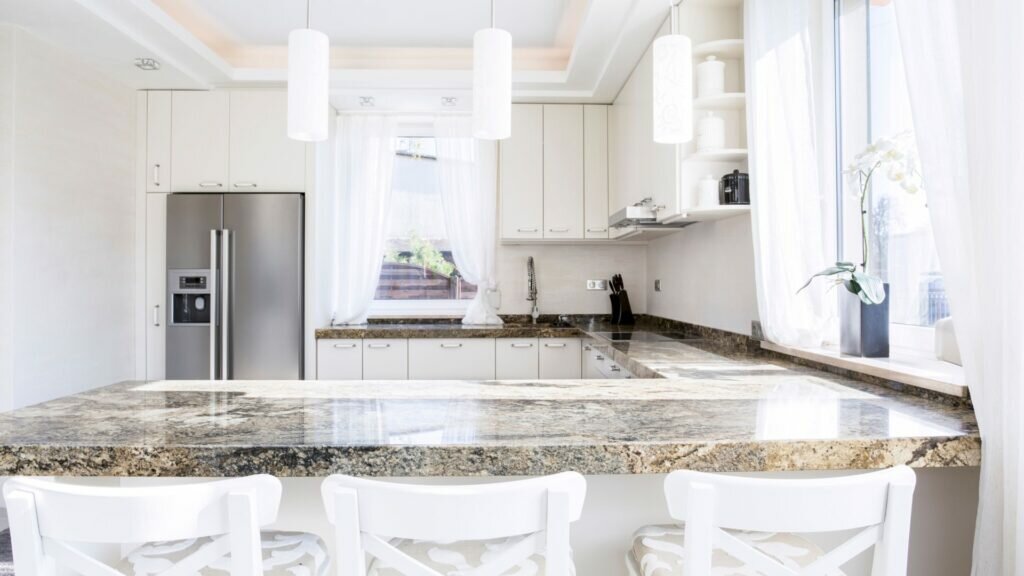
For related information on maintaining natural stone surfaces, you may also be interested in reading our article on how to polish granite countertops and bring the shine back to your stone.

